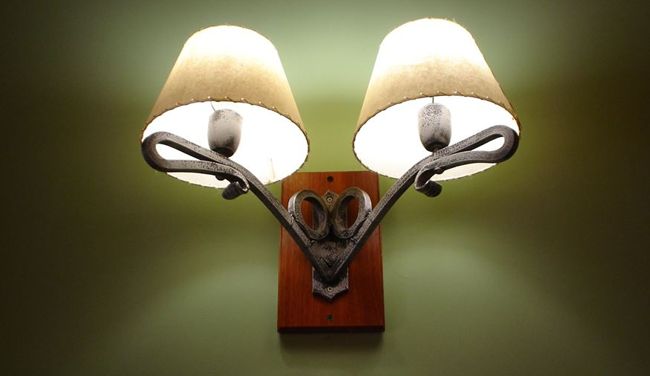

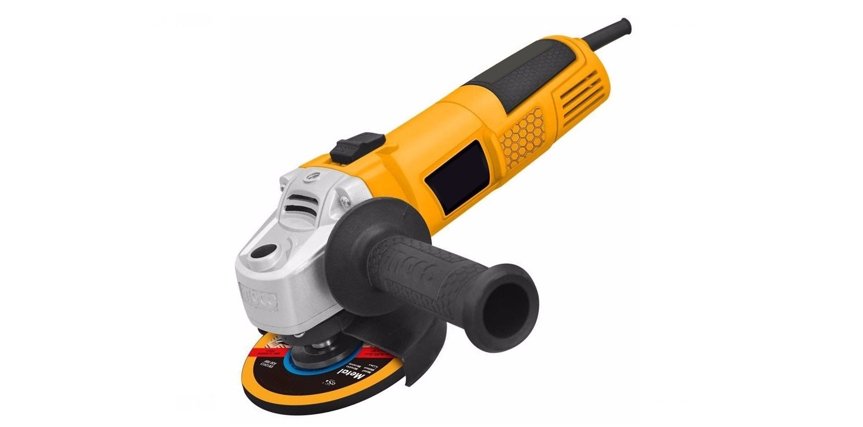
In the world of metalworking, this tool is essential for cutting and grinding materials. It features a motor integrated into its body, which also serves as the main handle, and a gear head that ensures the disc shaft is at a right angle to the motor shaft, making it highly user-friendly.
Another key element of the angle grinder is the side handle, the guard, and the interchangeable disc. The side handle usually has 2 or 3 positions so the metalworker can adjust it for comfort.
It’s crucial to understand that all operations performed with an angle grinder or bench grinder are based on friction, which causes abrasion of the material being worked on. Its main applications are cutting, grinding, and sanding metals.
It is extremely dangerous to use toothed blades with this tool. The angle grinder far exceeds the RPM (revolutions per minute) for which a saw blade is designed. Additionally, the grinder’s handle is not built to withstand the violent kickback caused by a tooth catching, which could send the blade toward the operator’s abdomen, legs, or arms.
The most versatile grinders for metalworking are those that use 115 mm or 125 mm discs and have a power of around 800W. In the metalworking field, they are known as the 5-inch grinder. There are also larger grinders that use 230 mm (9-inch) discs and have power ratings above 2000W, although their utility in this field may be less practical.
The main advantage of smaller grinders is their versatility, as they allow a variety of tasks to be performed with a single tool. However, for safer, more precise, or repetitive cutting tasks, the chop saw is often preferred. For grinding tasks, the bench grinder is the most commonly used option.
“The angle grinder is the best-selling tool in Argentina.”
A small paragraph is dedicated to the speed of our sparking companion, as its speed is around 12,000 RPM. If the number doesn’t make it clear enough, it’s a very high speed, which limits its use to the manufacturer’s specifications, and only discs suitable for such speeds should be used. For example, if you ask a bodyworker, they’ll tell you they can’t polish with a 5-inch grinder because it burns the paint.
You might also be interested in checking out a Tyrolit PDF catalog.
The most common discs for metalworking are:
Cutting Disc: Made of abrasive material like carborundum or similar. Its thickness is usually 2mm, or 1mm for more delicate work.
Grinding Disc: A much more robust disc with coarser grains. It is used for shaping or removing excess material.
Flap Disc: Features a set of sanding cloths to give a neater finish to the work.
Diamond Disc: Not specifically for metalworking but for installing your product. It is used for masonry tasks, such as cutting brickwork or even concrete.
If you’ve made it this far, you’re probably new to the trade or an expert who knows it’s always good to refresh your knowledge. In conclusion: The angle grinder is a basic and indispensable tool for every metalworker. Its use requires strict safety measures, but that’s a topic for another article.
Leave a comment if you think we should add or correct something.

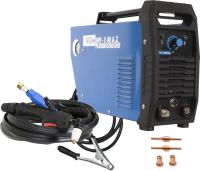
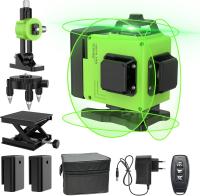
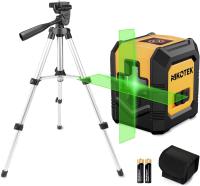
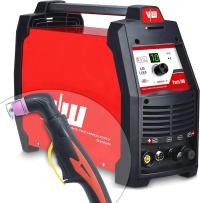
They are already part of the Job Board
